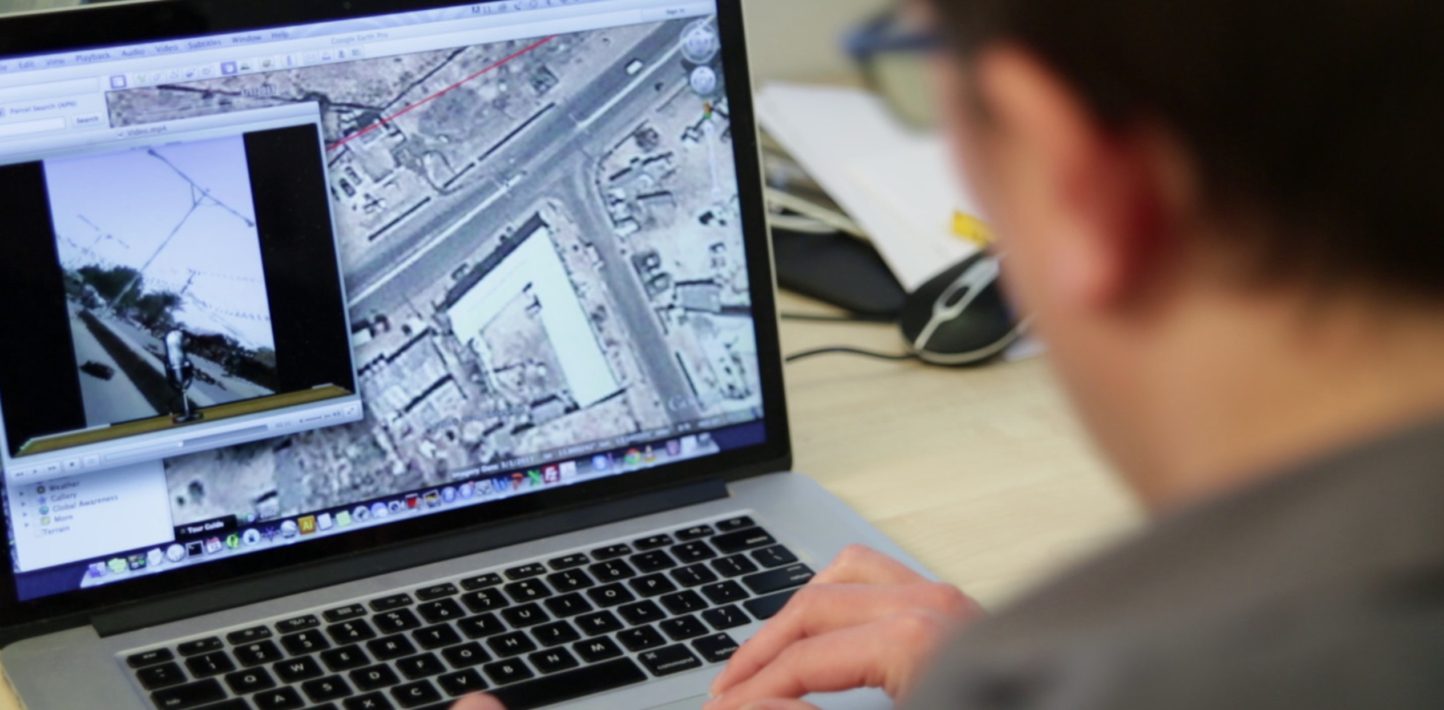It was a shaky video, likely from a cell phone, which recently cracked the case of a possible mass grave in Burundi.
By triangulating the video’s content with freely available satellite imagery on Google Earth, Amnesty International revealed the exact location of the suspected mass burial site on the outskirts of the capital Bujumbura. Armed with this knowledge, our researchers were then able to use satellite imagery to analyse the emergence and characteristics of the grave site from afar.
Our findings strongly enhanced eyewitness testimony on the ground of mass graves where dozens of people were allegedly buried after being killed by security forces in December.
International media widely covered the revelation, even triggering a response from the Burundian Foreign Minister: “I’m not a specialist of satellite imaging. So, I wouldn’t like to comment on this one way or the others (sic), and I am not, unfortunately a technology whiz”.

This case is just the most recent example of how data streams can have a significant impact on human rights research, especially when combined with well-established fact-finding methodologies.
The list of new data sources is long and includes satellite imagery and video, aerial footage from drones, social media content or geo-referenced field documentation. Its use in human rights research is by no means limited to Amnesty International, and the aspiration among researchers that “data forensics is unravelling conflict” is growing.
How to bring it all together?
Considering this long list of novel sources, the question arises if and how new and emerging technologies and data streams impact traditional human rights documentation?
A new collaboration between Amnesty International, Benetech and the Engine Room seeks to examine the usage of and processes surrounding data as part of human rights documentation and research. We’re particularly interested in datasets and data flows that are relatively new, or emerging, in order to think about how they could complement – not replace – traditional or typical human rights research methods.
The project aims to better understand how data becomes part of the universe of human rights documentation, how it can enhance documentation processes and how currently it is (and is not) used or understood – both by human rights researchers and those reading their reports.
We want to understand what kinds of data types, data streams and formats human rights researchers and organizations are currently working with, and gather information about related challenges. The broader aim is to work out what would be needed for these new data streams and types to complement traditional methods of documentation, and to gain a better understanding of what guidance and support human rights researchers’ need to work effectively and efficiently in this new data environment.
Another objective of this project is to build a strong community amongst human rights documentation groups, including non-specialists as well as those working specifically with new data types and streams, to ensure that the project’s findings are relevant and inspire action.
In order to achieve this, community engagement will be front and centre, including collaborating with key stakeholders at relevant events such as next month’s RightsCon, one of the world’s leading events on the internet and human rights, in Silicon Valley.
Building on the success of recent work such as unearthing digital evidence of the Burundi mass graves, our overall goal is to dig deeper into how new data streams and technology-enhanced research could make us better human rights watchdogs.


